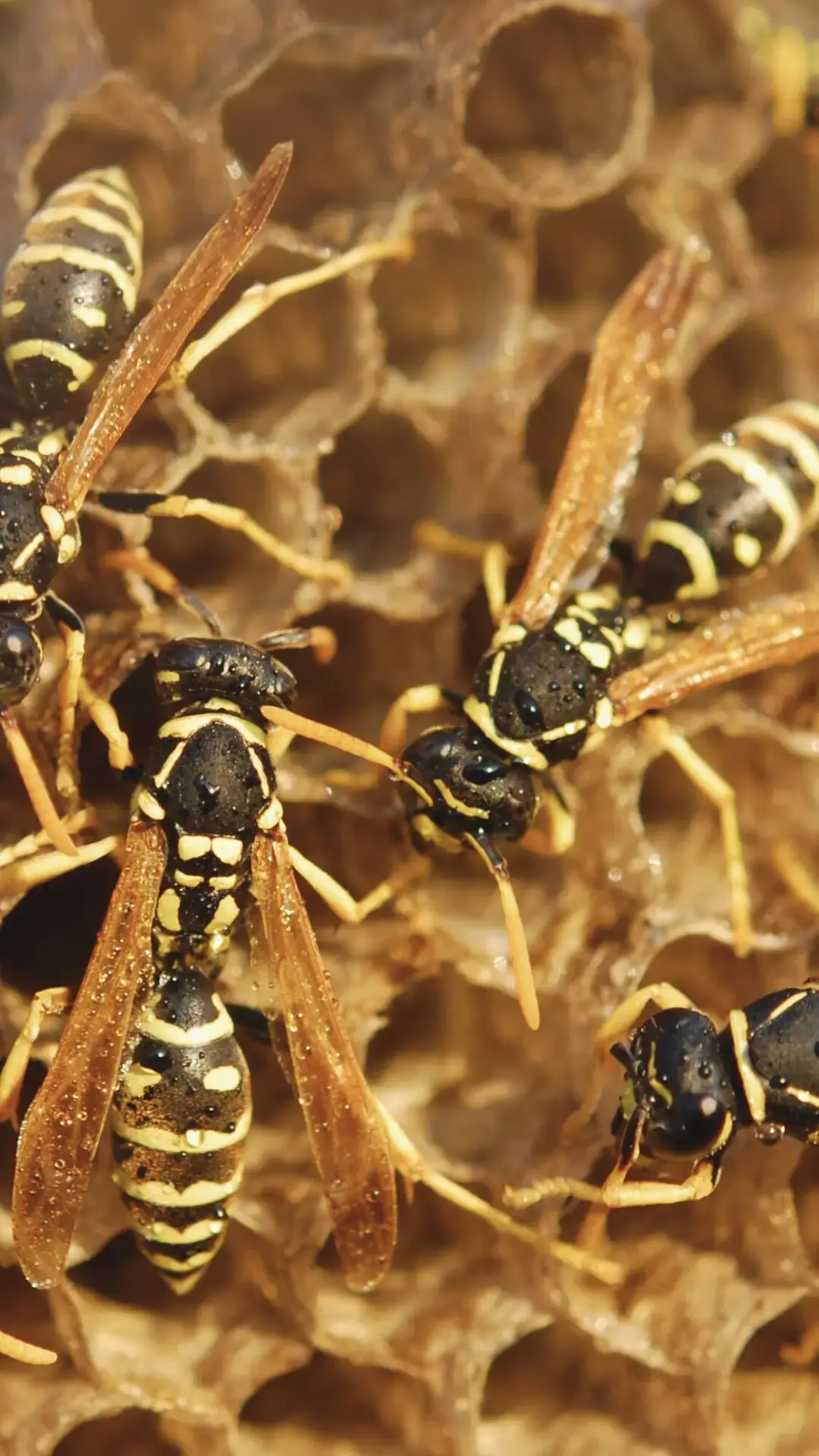Your Local Wasp Exterminators
Serving Long Island | Queens | Nassau County | Suffolk County
Dealing with wasps in Long Island can be a real nightmare. These aggressive insects are notorious for their painful stings, which can range from causing mild irritation to triggering severe allergic reactions, often leading to emergency room visits.
Are wasps making themselves at home where they shouldn't? Reach out to EM Pest Control today! As specialists in wasp management, we have the expertise to tackle these aggressive invaders effectively. Our reliable solutions not only eradicate wasps but also safeguard your home and garden from future threats. You can relax, knowing your property is consistently shielded.




